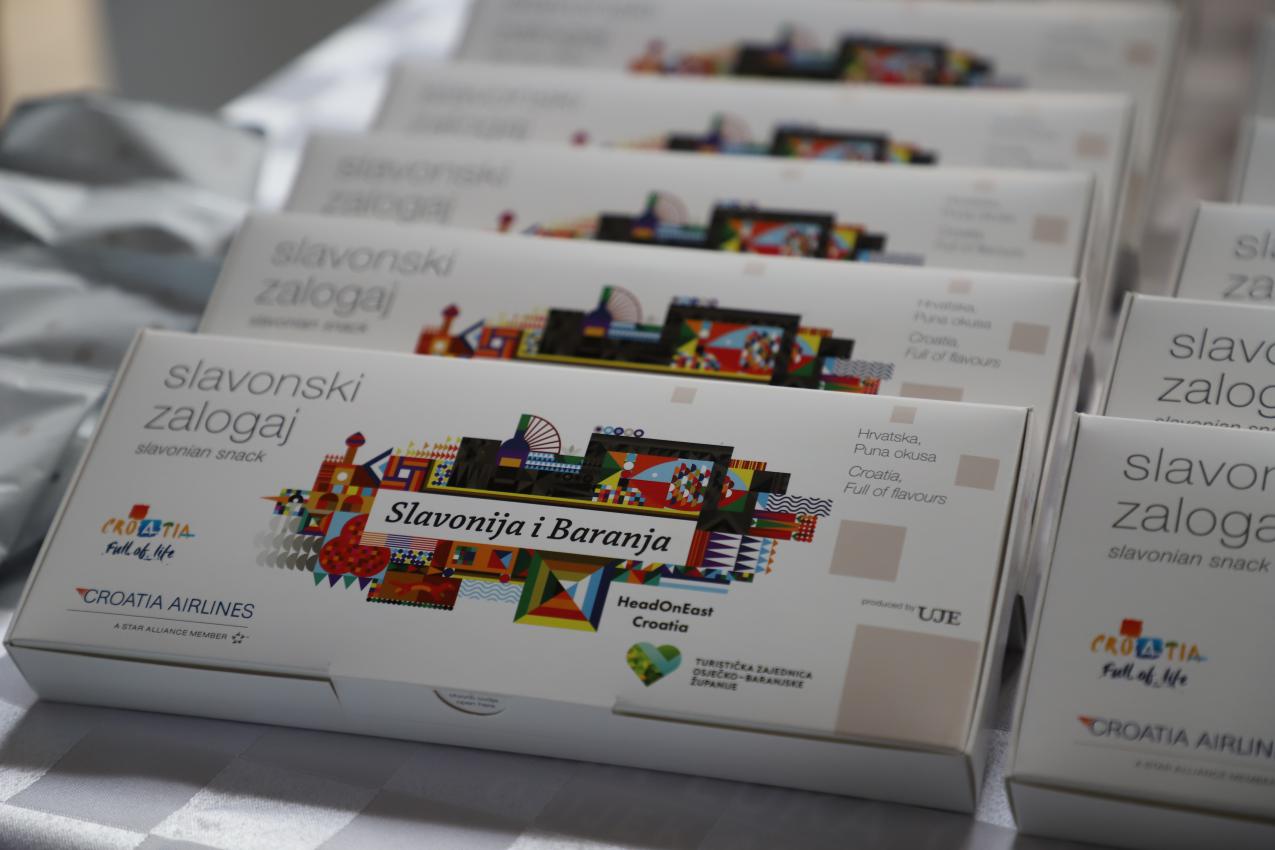Croatia Airlines Serves Slavonian Snack to Promote Destination
August 30, 2022 - 600,000 passengers on many routes, from Zagreb to destinations around the world, will see and taste the Slavonian snack.
As SiB writes, the Osijek-Baranja County Tourist Board, Croatian Tourist Board, and Croatia Airlines are from August 1 to November 30, 2022, implementing the joint promotional project "Tastes of Slavonia". Passengers on all flights of the Croatian national airline are served a Slavonian meal, which represents a special experience, and at the same time promotes Osijek-Baranja County as a tourist destination, as well as the gastronomy of Slavonia, Baranja, and Srijem. This way, more than 600,000 passengers on 10,000 flights to 30 international and domestic destinations can taste Slavonian delicacies, and thus destinations.
On this occasion, yesterday (August 29, 2022), a press conference was held at Osijek Airport, where the director of Osijek Airport Ivan Kos, director of the Osijek-Baranja County Tourist Board Ivana Jurić, director of commercial affairs of Croatia Airlines Slaven Žabo, Osijek Deputy Mayor Dragan Vulin, and Osijek-Baranja County Prefect Ivan Anušić spoke about the project "Tastes of Slavonia".
The Director of Osijek Airport, Ivan Kos, initially thanked Croatia Airlines for the partnership on the "Tastes of Slavonia" project and expressed his belief that Slavonia and Baranja will be presented to passengers on all lines through this unique project.
"The products of Slavonia and Baranja in the air through the Tastes of Slavonia project in cooperation with the Croatian Tourist Board and Croatia Airlines will last four months. It is a project that invites you to visit the destination through the flavours, because good food is one of the first associations with Slavonia and Baranja, with Osijek-Baranja County as the largest tourist county in the east of Croatia. This confirms once again that the east means hedonism, which means a lot of good food and drink, as well as the events that the destination offers. We are happy that we are promoting the destination not only on domestic but also on international flights, and we continue our good cooperation with Osijek Airport, Osijek-Baranja County, the City of Osijek and the Croatian Tourist Board," said the director of Osijek-Baranja County Tourist Board Ivana Jurić.
She explained that "Slavonian snack" is part of the "Croatia full of flavour" platform as a project of the Croatian Tourist Board, and that the package distributed to passengers includes crackers based on corn and red pepper, which are associated with Baranja, its fish stew, and other flavours that we find in dried meat products, followed by čvarak spread, kulen (spicy sausage), pickled vegetables and a contemporary interpretation of the Slavonian Šapice as a dessert. There are different package sizes, from the crackers handed out on shorter domestic flights to the full package given to passengers on longer international flights.
Osijek-Baranja County
The Director of Commercial Affairs of Croatia Airlines, Slaven Žabo, pointed out that through this joint project, which is based on the wider project of the Croatian Tourist Board (Croatia, Full of Flavours), a range of products/meals for flights was put together that actually represent traditional Slavonian specialties, spices, and other products of this region.
"This joint project is the crown of cooperation between Croatia Airlines, the Tourist Board of Osijek-Baranja County, the City of Osijek, the Croatian Tourist Board, and Osijek Airport, through which we established an international Osijek-Munich route that operates all year round. Its added value, apart from enriching Croatia Airlines’ offer on its flights, is that we have also created the preconditions for the promotion of the specialties of this region," said Slaven Žabo.
The Deputy Mayor of Osijek, Dragan Vulin, expressed his satisfaction that, as he said, the best possible flavors will be available to all passengers on Croatia Airlines flights and will thus contribute to the branding of the food from this area. He pointed out that compared to last year, the City of Osijek now records 55 percent more arrivals and 28 percent more overnight stays of tourists, and in August (until August 25) the record from August last year was exceeded.
"Through the project "Slavonian snack" we can see the continuation of the activities for the promotion of Slavonia and Baranja that we announced and started several years ago. We are still doing this together with Croatia Airlines, our Tourist Board, the Croatian Tourist Board, and the City of Osijek. We are glad that around 600,000 passengers on many routes, from Zagreb to destinations around the world, will see and taste the Slavonian snack, and it is precisely our goal to increase the visibility and quality of our service and offer", said Prefect Ivan Anušić. He added that the results of tourist visits in Osijek-Baranja County this year are better than the record year of 2019 and that the County wants to remain the leader in the development of continental tourism in Croatia, so it continues to strengthen tourism and the economy in all segments.
For more, make sure to check out our dedicated Lifestyle section.
Eat Know Love Istria: New Edition Reveals Why Istria is Top Gourmet Destination
April 13, 2022 - The new issue of the gourmet magazine Eat Know Love Istria is out exploring stories, experiences, and the heritage of beautiful Istria, all through one of life's greatest joys - food.
Although many call it a hidden gem, Istria has long been recognized around the world for its enticing natural beauty, rich cultural heritage, and excellent gourmet offer that combines modern and traditional in a unique way, providing an exceptional experience to all who find themselves there. Today, this green oasis of playful experiences is, quite deservedly, at the very top of the world's gourmet locations, and research shows that every third guest visits Istria for the smell and taste of traditional local cuisine.
The new issue of the gourmet magazine Eat Know Love Istria brings stories about this magical land of giants and unforgettable gourmet pleasures, and continues to reveal many Istrian attractions and well-hidden secrets, told through customs related to the rich tradition woven around this area. A special treasure lies in the traditions that have been shaped throughout history and still live today as part of the charm in the everyday lives of the local population. One of the best ways to discover this daily is to eat.
Istrian cuisine originates from the sea, millennial olives, and the heritage of vines, wild plants and medicinal herbs, domestic animals, and many fish, which according to the old proverb, once done with the sea should swim in olive oil and wine. The gold of Istria, its extra virgin olive oil is the base of almost every dish in this area, a symbol of quality and true pleasure at the table, and in recent years has won the world's most prestigious awards.
"Istria is simply magical - almost like the perfect film set with a sense of timelessness and at the same time mystery in all its traditional beauty. In fact, Istria is so special, different, that just watching the sunset will instantly fill you with positive emotions and make you aware that you are just enjoying a region that is the best example of the romantic Mediterranean! Istria is my eternal inspiration for everything I do, and only a part of everything that Istria represents can be found in the new gourmet magazine Eat Know Love Istria", said the editor Zorica Bocić, who does not hide her fascination with Istria and love for everything she does to promote the Istrian region.
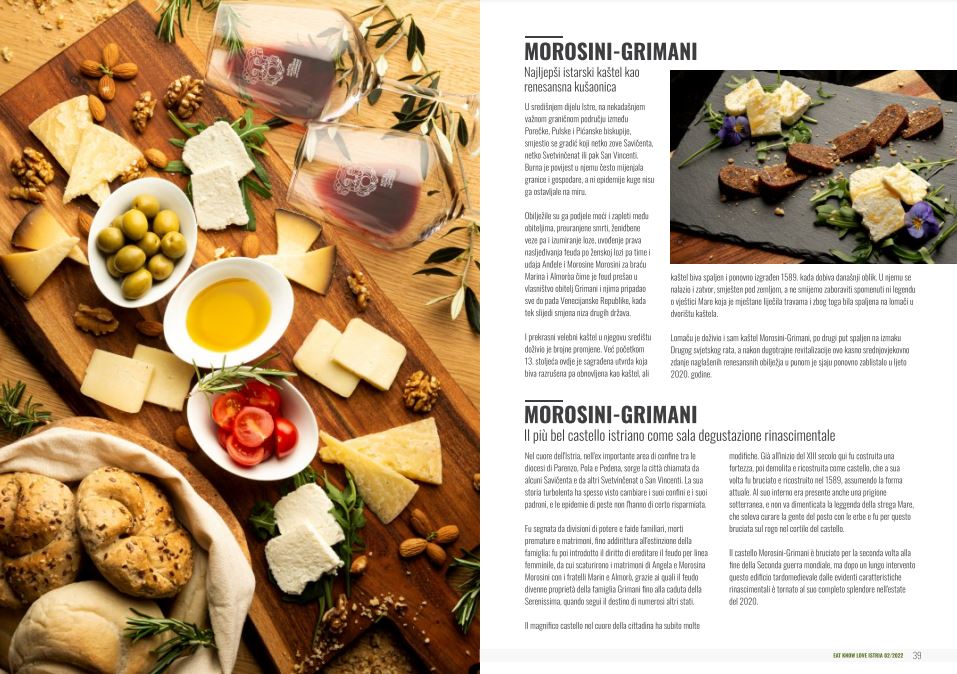 The gourmet magazine, a result of the cooperation between the tourist company Maistra and the tourist boards of Rovinj, Vrsar, Bale, Kanfanar, and Svetvinčenat, as well as the Association of Craftsmen Rovinj, presents many traditional recipes that nurture Istrian cuisine and celebrate the history and tradition of this region. Famous Istrian prosciutto and aromatic cheese, organic fruits and vegetables from the fertile Istrian crljenica, freshly caught fish from the clear Adriatic, wines from sunny vineyards on the slopes of fairytale hills. These are the original elements of Istria that the producers and caterers combine into a colourful and recognizable eno-gourmet mosaic. It is a combination of the products of the Istrian country and the hardworking hands of the hosts who have been slowly but unstoppably climbing the ladder of success for decades.
The gourmet magazine, a result of the cooperation between the tourist company Maistra and the tourist boards of Rovinj, Vrsar, Bale, Kanfanar, and Svetvinčenat, as well as the Association of Craftsmen Rovinj, presents many traditional recipes that nurture Istrian cuisine and celebrate the history and tradition of this region. Famous Istrian prosciutto and aromatic cheese, organic fruits and vegetables from the fertile Istrian crljenica, freshly caught fish from the clear Adriatic, wines from sunny vineyards on the slopes of fairytale hills. These are the original elements of Istria that the producers and caterers combine into a colourful and recognizable eno-gourmet mosaic. It is a combination of the products of the Istrian country and the hardworking hands of the hosts who have been slowly but unstoppably climbing the ladder of success for decades.
We can also discover many interesting events that attract more and more visitors to Istria every year and gather only the best of the best from the world and domestic gourmet scene. For those who are curious, the magazine contains stories and legends of the Istrian region, as well as a small dictionary of the Istrian dialect so that they can fully indulge in this unique experience. While traveling in Istria, every road and turn will surely take you on a new gourmet adventure, related to the history and culture of this region.
The magazine is available at the link: https://infovrsar.com/media/ddvot15s/eat-love-know-hr-it-web.pdf, and can also be found on the tourist boards of Rovinj, Vrsar, Bale, Kanfanar, and Svetvinčenat.
For more, check out our lifestyle section.
Croatia Animal Friends Urge Croats to Switch to Meatless Diet on Meatout Day
ZAGREB, 19 March 2022 - On the occasion of Meatout Day, observed on 20 March, Croatia Animal Friends urge Croatians not to buy a lot of unnecessary food stocks and to switch to the cereals-based diets.
Switching to the meatless diets in the circumstances of the Russian invasion of Ukraine can also help prevent a possible crisis in food availability, this NGO said in a press release issued on Saturday.
Russia's military aggression against Ukraine has triggered off fears that there will be food shortages, supply chains' disruptions and consequently basic cereals' price rises, the NGO says calling on the general public to think about healthy vegetarian nutrition so as to put an end on the slaughter of animals.
The association says that the benefits can be proved mathematically.
For instance, the production of one kilo-calorie of beef or lamb requires 100 times more land than what is necessary for the production of cereals.
In order to produce a kilo of meat, 15,000 litres of water is necessary, whereas 100 litres of water is required for a kilo of cereals, it added.
The NGO warns that the excessive purchase of food is a senseless way to address the issue of food shortages that could be caused by the war in Ukraine, known as the "breadbasket of Europe", We should be more aware of the repercussions of meat-producing industry and cease eating meat, says the Croatia Animal Friends.
MeatOut was started in 1985 by Farm Animal Rights Movement (FARM) in the USA to promote a conversation questioning the consumption of animal products around the world. March, 20 was selected as symbolic of renewal and turning over a new leaf at the start of spring.
"Ash Wednesday" Begins Lent: Food Eaten in Time of Penance in Slavonia
March 2, 2022 - Wednesdays normally do not have a particular meaning but for Catholics, today means the start of Lent, which is a time for mourning, renunciation, and penance. Food is light, “sacrifices” are made, and forty days until Easter has begun. A look into what Slavonians eat during Lent.
If February in Croatia is known as a month of handful feast food, the month of this year’s March represents “sacrifices” Catholics are willing to take to “cleanse” themselves before Easter and the resurrection of Jesus Christ. Those sacrifices usually involve food - no meat, sweet desserts, and other types of food we love the most. Today's Clean Wednesday or “Ash Wednesday” marks the so-called commanded fast, which means strict fast requirements as a symbol of Jesus’s sacrifice during time spent in the desert before his eventual resurrection (Easter). Its name “Ash Wednesday”, comes from the rite of cremation, when priests sprinkle ash on the heads of the faithful or, according to the customs of the region, make the sign of the cross on their foreheads with ash. Sprinkled ash used on these rites is last year’s olive twigs blessed on the Palm Sunday (Cvjetnica) - a feast that commemorates Jesus’ entry into Jerusalem.
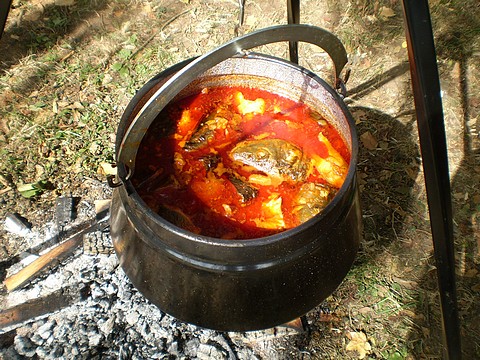
"Fiš" - traditional Slavonian food. (Najbolje u Hrvatskoj by vikendplaner.info)
But enough of that, let’s get to the most important point of this article. Food. Because of everything mentioned, people needed to find ways to eat food that would match the requirements Lent demands. Of course, the diet of the people differed both because of preferences and differences of working classes. The most popular Lent dish is definitely Fish stew (Fiš-paprikaš or in Slavonia just Fiš). No holiday of this kind in Croatia can pass without fish stew. It is so popular and an integral part of the Slavonian culture that competitions are regularly held throughout Eastern Croatia (Fišijada), for the title of the best "fiš” makers in the region. As its name suggests, the fish stew is prepared from fish, especially river fish which means it is common in regions where rivers are of great importance. It is believed that it was brought to the Slavonian area by immigrants from southern Germany, whereas Baranja got their “fiš” from Hungarians that inhabited that area. Fish stew is traditionally prepared in a copper cauldron hung over an open fire. Water is put into the cauldron with sliced pieces of river fish such as catfish, carp, pike or perch, and (a lot of) onion, and everything is boiled together on the fire. Just before the fish is cooked, spices are added to the water to give stew its characteristic color and spiciness. It is, of course, ground sweet and hot paprika which is often used in Slavonia and Baranja. The “fiš” is usually cooked for twenty more minutes with the addition of other ingredients like salt, tomato sauce, and more and in the end, it is served with homemade noodles and special homemade bread.
Nevertheless, every Slavonian family has its own recipe so it's hard to pinpoint a perfect one, however, it brings even more charm and beauty to this traditional dish. Families with less usually cook “fiš” with only one type of fish, mostly carp and catfish.
River fish is also really healthy, especially if it's cooked in the oven. It retains the maximum of useful components in the form of vitamins and minerals. Most importantly, the dish is simple enough and does not require inaccessible ingredients. It is usually served with potato salad which can vary, of course, depending on the household. Fried fish is also viable during Lent but strong believers are avoiding it for scarcer meals.
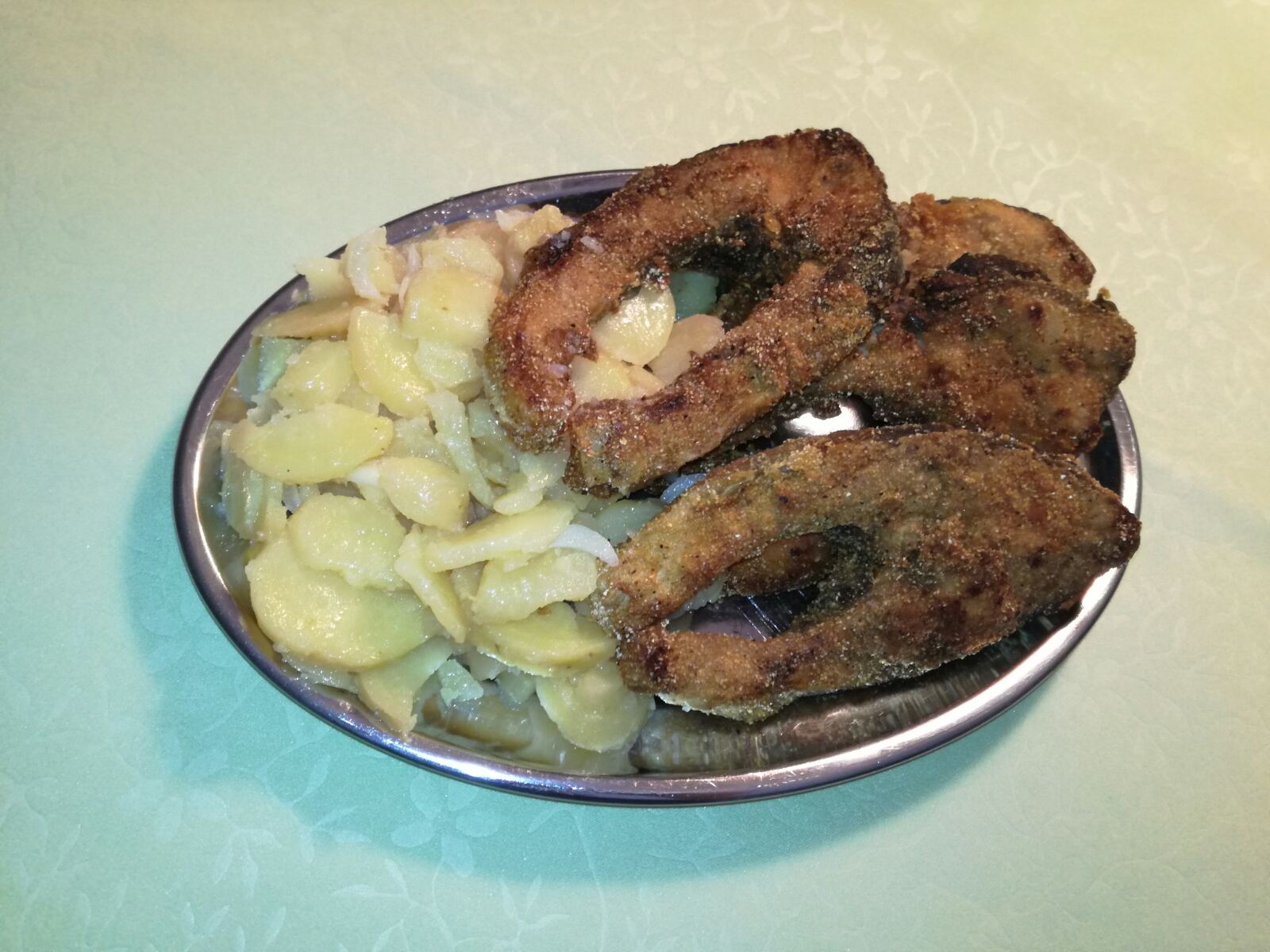
My aunt's fried carp with potato salad. (Private album/Dora Naletilić)
Homemade noodles are a close second in “popular Lent dishes in Slavonia” category. They are more of a side dish these days, however, poorer families who didn’t always have access to fish had to find ways to feed themselves. Popular dishes with noodles in Slavonia are noodles with eggs, semolina ones that are sweet and fall into the category of scarcer meals. However, the ones with potatoes are probably the most popular ones, in Slavonia better known as “granatir”. Cheap ingredients like noodles, onions, potatoes, and more, fed generations of Slavonians who didn’t have the luxury of buying fish and other too expensive ingredients for them.
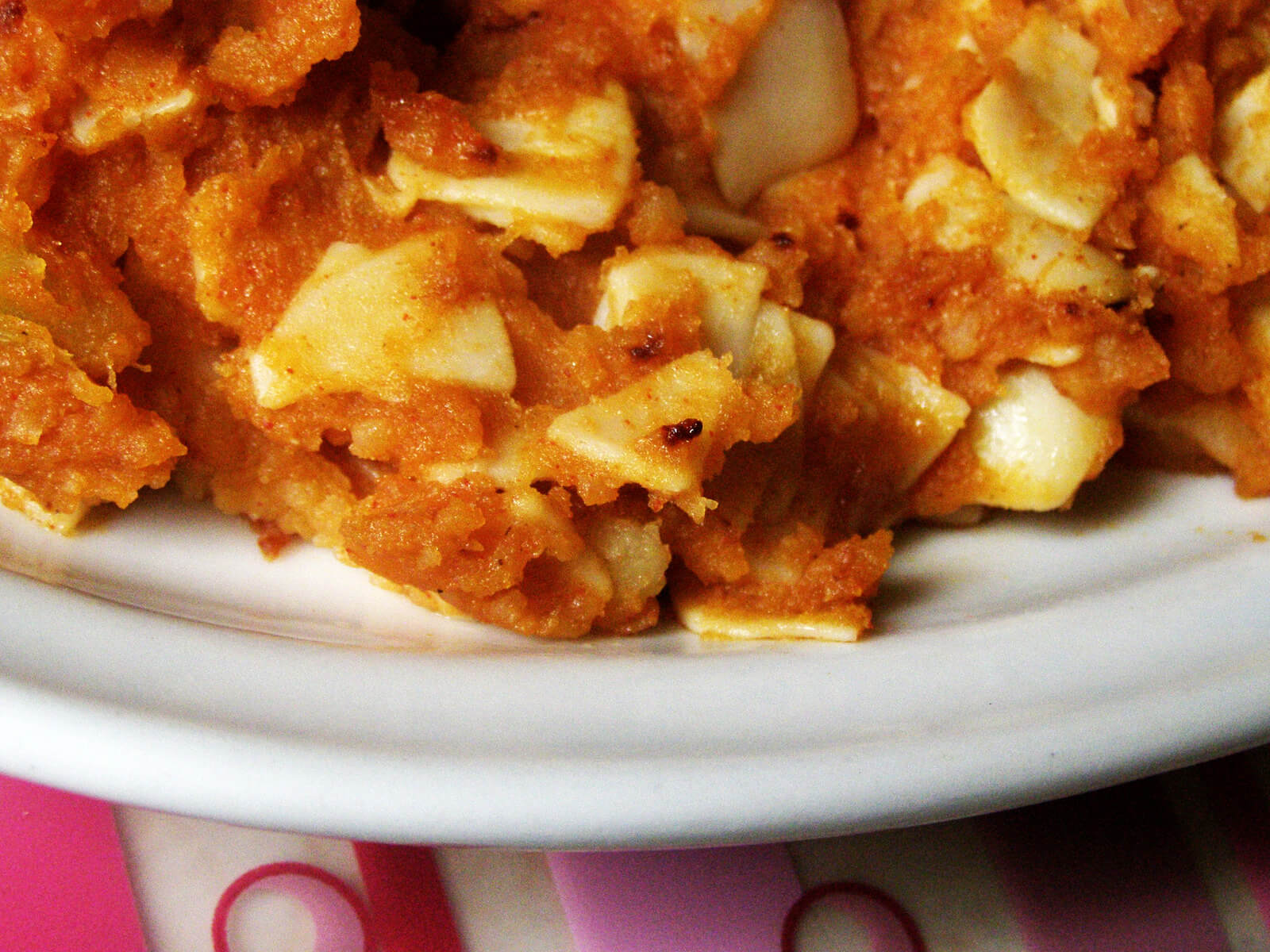
"Granatir" - noodles with potatoes. (Credit: Coolinarka)
Also, it is important to highlight that these dishes are made for one consummation a day so that people fasting during Lent experience penance.
As said at the beginning of the article, Lent has started and the time of “sacrifice” has begun. These times do not have the splendor of food, as usual, however, it only shows the resourcefulness of people during fasting and difficult times. Even though Slavonia is known for its heavy, meat-based food, these times, like Lent, show that this region is very versatile and can make a dish accessible to all. You don’t have to be a Catholic or even a believer to try these foods, just come and get into the spirit of Slavonia.
For more, check out our lifestyle section.
Carnival in Eastern Slavonia: February Masquerade Traditions (Part II) - The Food
February 23rd, 2022 - With every traditional festivity comes a reflection of our ancestors' lives, which ties closely to what they ate. This is part two of Carnival in Eastern Slavonia, but this time - the food edition. A look into what Slavonians eat during this traditional event.
Even though it was mentioned in the previous article that the roots of Carnival and Masquerade don’t have anything to do with Christianity and other religions, here in Eastern Slavonia, people decided to connect these traditions with Lent and Easter, which is usually a month and a half later in the Catholic calendar. Food is a significant identifier for every region in Croatia. For instance, Slavonia is popular for its heavy food: pork meat-based food like kulen, its “sister” seka, cracklings (čvarci), sausages, and stews made from beans, cabbage, and many more. Other homemade products are jams made from plums, quinces, apricots, and whatever fruits are available during the summer season. Furthermore, those jams are stored in cold pantries and can last for more than a year if it’s preserved and packed correctly. All mentioned dishes and products are consumed during winter until another set of preparations - always scheduled simultaneously and dated.
In February, these “heavy” dishes, especially dried meat ones like cracklings, are usually used for baked delicacies like čvarnjače, which are made so the leftover cracklings are not thrown away. They are made of salty leavened dough made out of fine flour with grounded cracklings (made out of melted lard) and can be eaten with sour cream or yogurt.
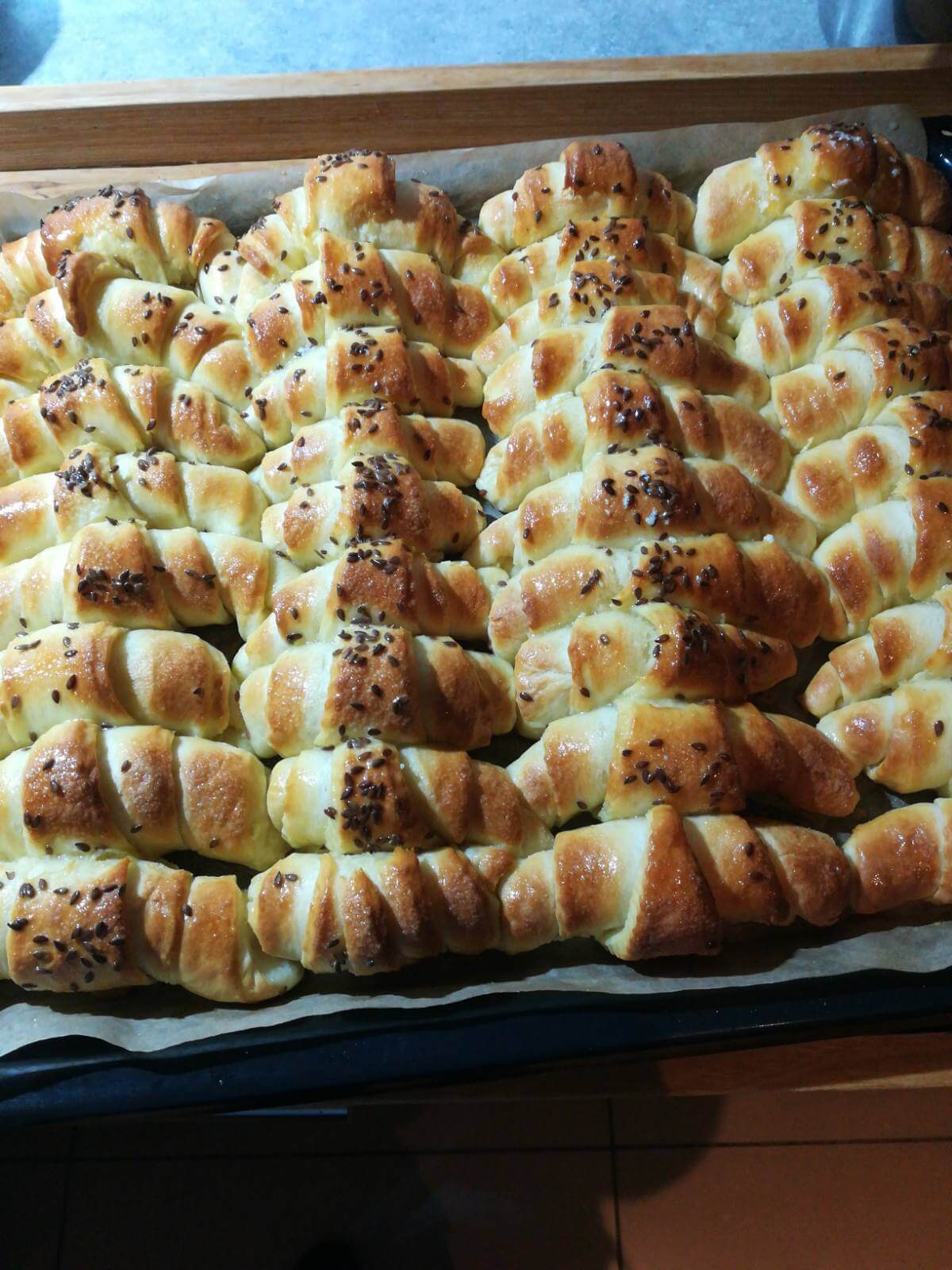
My aunts rolls - "kiflice," Private album
Rolls (kiflice) are also made from salty, leavened dough. Before putting them into the oven, they’re coated with eggs or milk for the colour and sprinkled with sesame or cumin. Since rolls are usually served empty as a snack, Slavonians eat them with a plate of dry meat like kulen, ham, and sausages. It can also be eaten with dairies. My personal favourite is when they are filled with ham and cheese.
Now we get to the good stuff. Sweet delicacies.
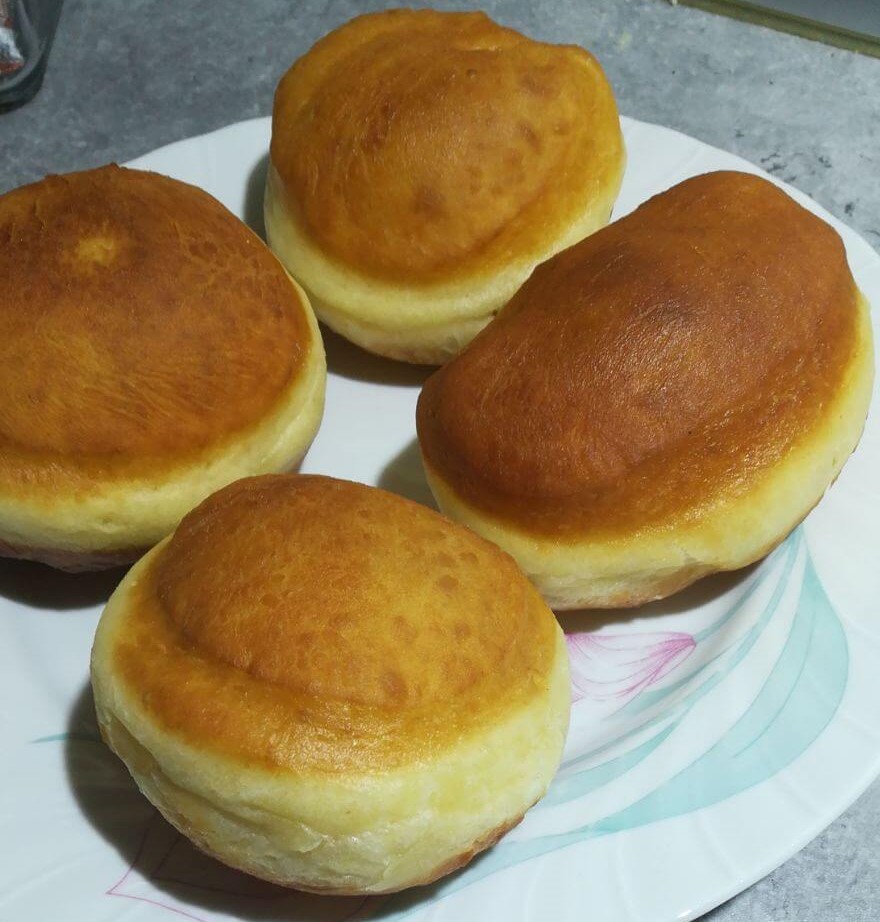
My aunts "krofne" , Private album
During carnival and masquerade in February, the most popular sweet food is donuts (krofne). It is a German sweet dessert made of leavened pastry, baked primarily in hot fat in these parts of the country or oil. In Slavonia, these donuts are called “krofne,” which is a distorted name from the German word “krapfen,” whereas in northern parts like Zagreb and the region of Zagorje, they’re called “krafne”. Interestingly, they’re not usually baked very often, only on special occasions, like “svinjokolja” (pig slaughter), New Year’s, and of course, Carnival. Furthermore, our ancestors believed that “krofne,” while being cooked and rising in volume, symbolizes grace in every aspect of life. Nevertheless, “krofne” are still very prominent in the lives of Slavonians, and they’re usually eaten with powdered sugar and homemade jams. Newer versions of “krofne” come with Nutella and other chocolate spreads, which are very popular with children.
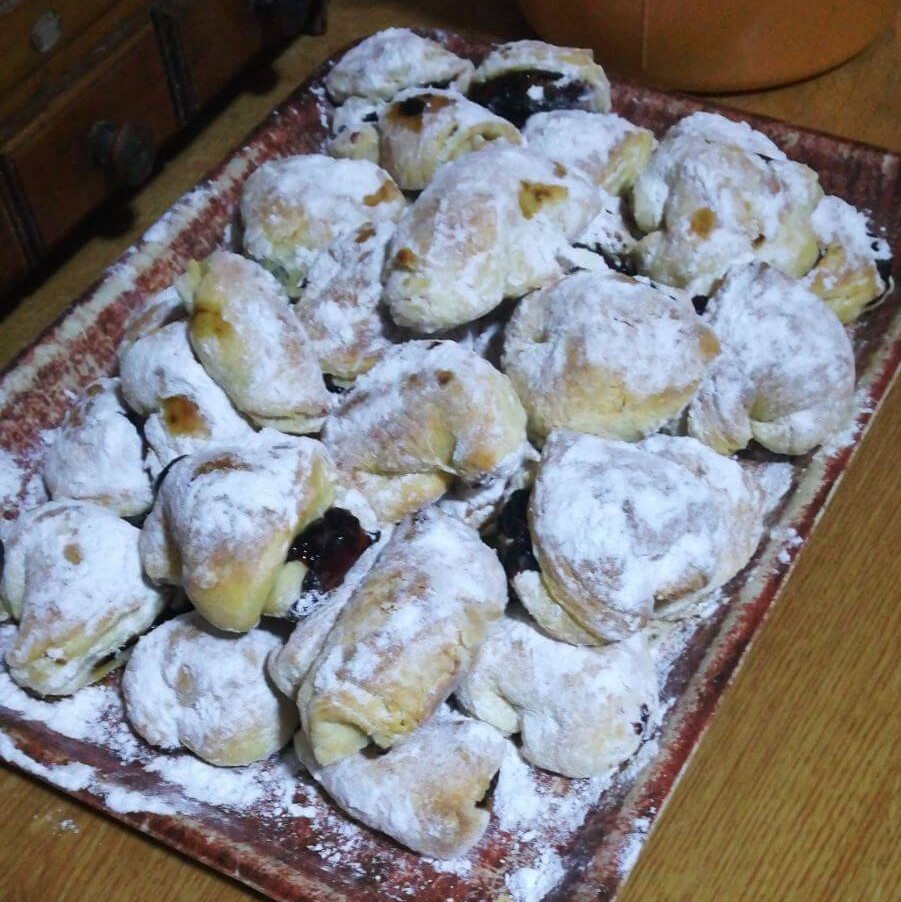
My aunts "salednjaci" - puff pastry dessert with homemade jam, traditional Slavonian delicacy, Private album
This sweet delicacy is a typical traditional Slavonian dessert prepared during “svinjokolja” and the Carnival - “salednjaci.” The name varies in other regions in Croatia; for example, in Zagreb and Zagorje, it is called “salenjaci.” Butter is a usual ingredient for puff pastry, but mothers and grandmothers would use pig lard because there would be a lot of it left after pig slaughter. Also, butter was costly back in the day, so people had to find ways to make those desserts. This delicacy is known as “Croatian croissants with character” and “a cake with thousand leaves” since the puff pastry is folded four times during the process. They’re usually filled with homemade blue plum or an apricot jam. Unfortunately, people have reservations about this dessert because of a misconception that pig fat or lard are not healthy.
On the contrary, it’s healthier than most of the ingredients we consume today. The dessert got lost in the last two decades or so, but it’s slowly coming back through the effort of institutions that preserve tradition and women who started bringing out this dessert on special occasions. Of course, that includes traditional events and festivities in Slavonia during wintertime.
Furthermore, sweet cakes and pastries like “mađarica,” “bijela pita,” “medena pita,” and more are also included on this list. Still, it would take a few more articles to name all traditional Slavonian food.
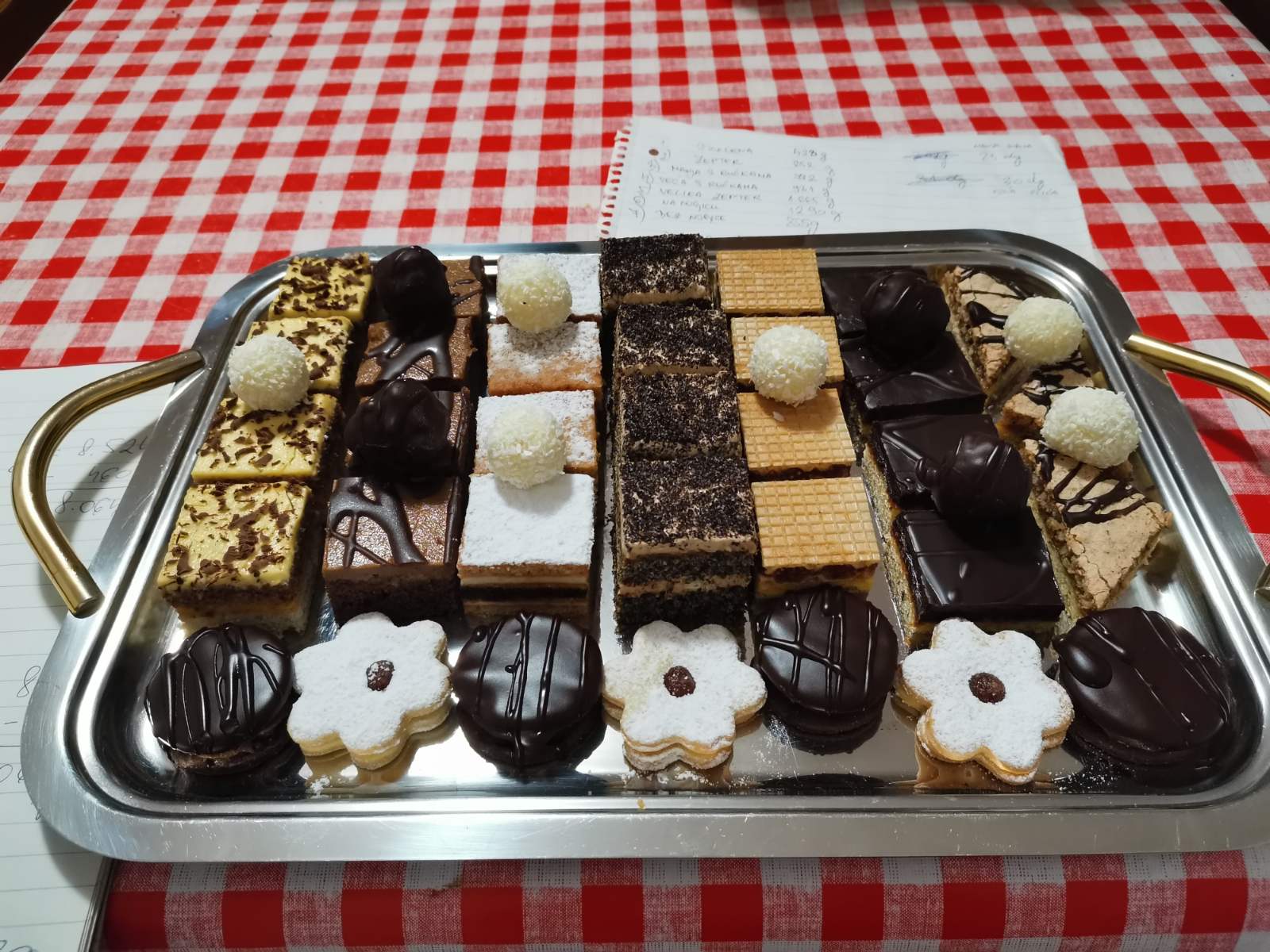
My mother's sweet cakes and pastries, usually made during winter times, Private album
In the end, this article can also be used as an invitation for you to come to Slavonia and participate in the Carnival and other festivities to try these rich delicacies that fed generations and generations of people and still do. There are seven days left until Lent, so hurry up and experience the rich Slavonian life because if there’s one thing Slavonians know how to do, it is eating rich and enjoying life.
For more, check out our lifestyle section.
Inclusive Šibenik: Šibenik's Warm Welcome Makes it a City For Everyone
December 3, 2021 – On International Day of Disabled Persons, we take a look at how inclusive Šibenik makes this a welcoming city for everyone
Lying on a truly unique stretch of Croatia's coast, the city of Šibenik is famous for many things.
History, heritage and events
 Barone Fortress © Šibenik Tourist Board
Barone Fortress © Šibenik Tourist Board
Sitting above the city are three fortresses. Historically, they defended Šibenik from attack made by any possible direction. There's another fortress below the city, in the middle of St. Anthony's channel. It guards the entrance to Šibenik from the sea and is a UNESCO protected heritage site. It's not the only one here.
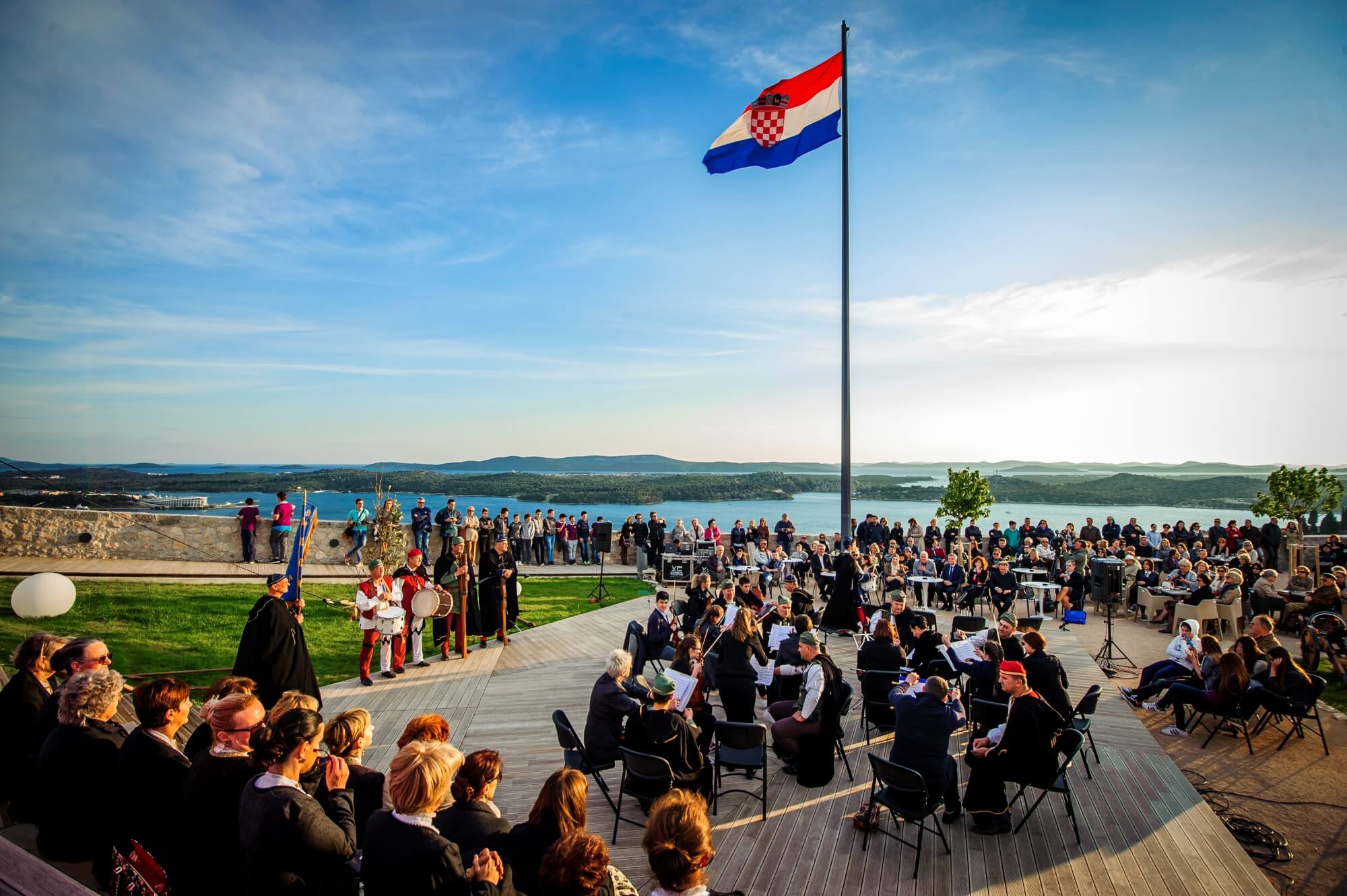
Šibenik's spectacular Cathedral of St. James is also a UNESCO heritage site. Understandably so. It's an architectural treasure. These five titanic landmarks are cornerstones of Šibenik Old Town. Its historic streets are among the most charming and atmospheric in Croatia. During warmer months, Šibenik's renowned music, children's, dance, theatre and cinema events spill out onto these streets.
Special gastronomy
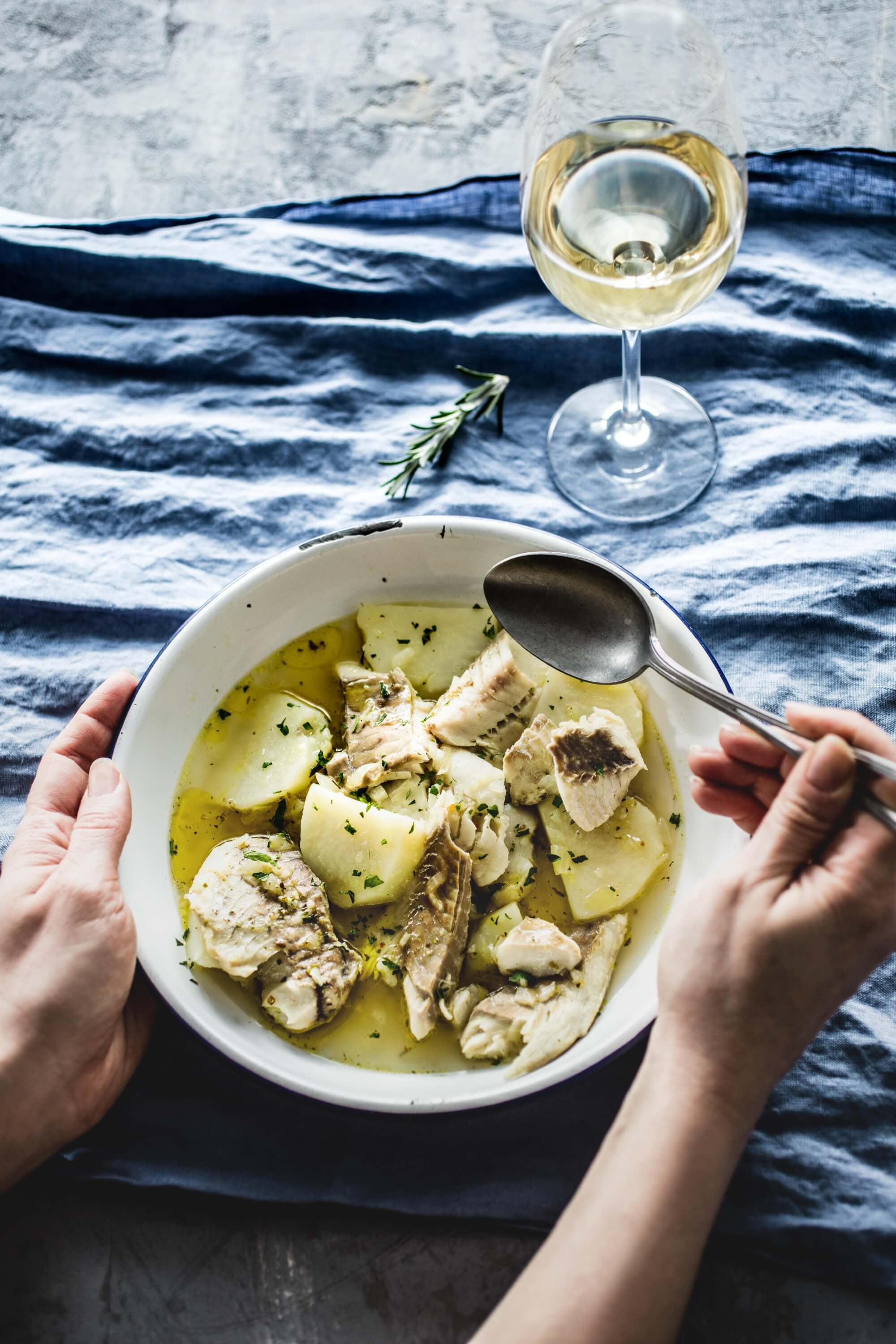 Inclusive Šibenik: Bakalar (salt cod), served traditionally with potatoes © Maja Danica Pečanić
Inclusive Šibenik: Bakalar (salt cod), served traditionally with potatoes © Maja Danica Pečanić
Šibenik has long been known for its classic Mediterranean brunches – marenda. For as long as anyone can remember, these simple yet tasty dishes have been enjoyed casually in the back streets and stone-paved alleys of Šibenik Old Town.
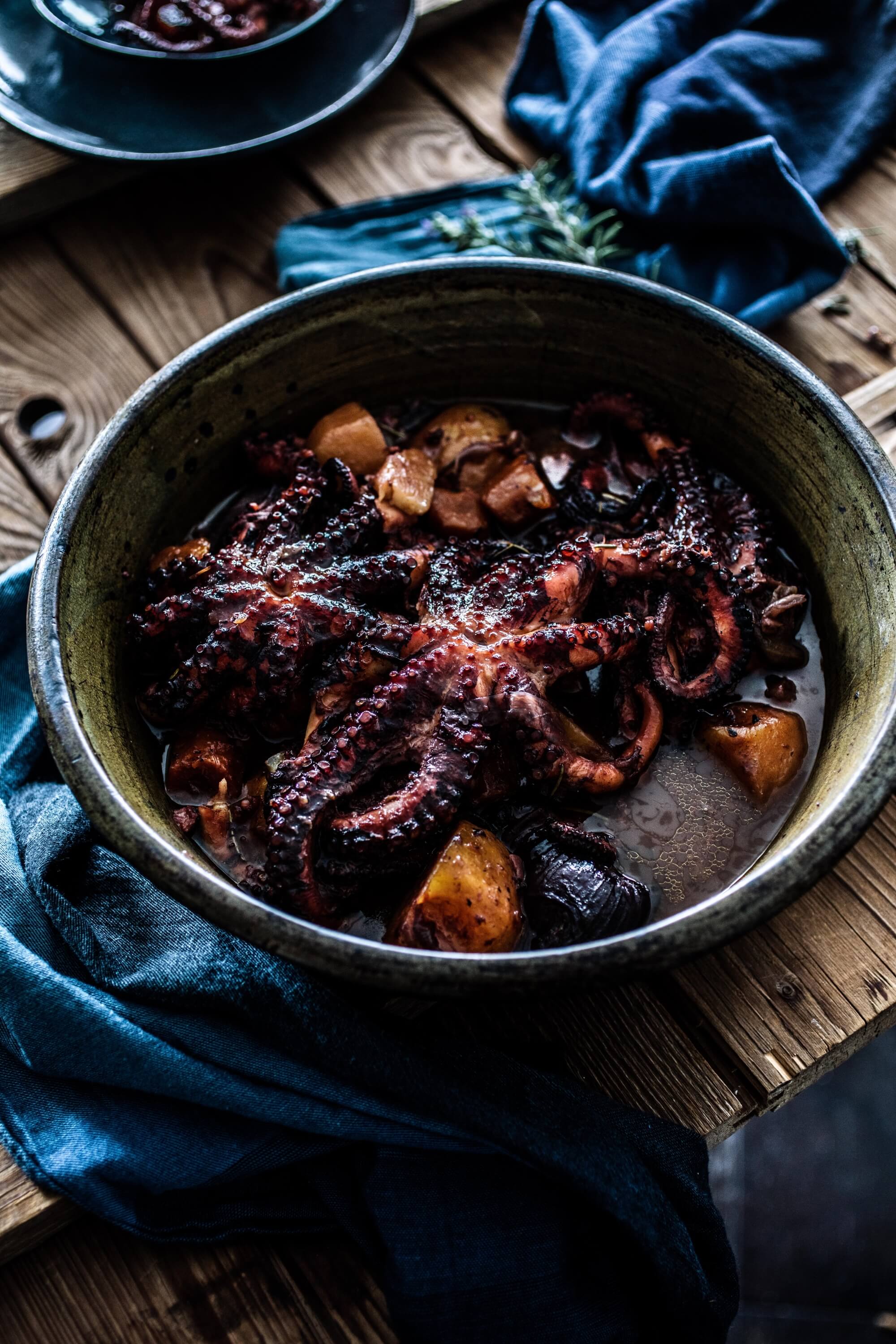 Inclusive Šibenik: Octopus © Maja Danica Pečanić
Inclusive Šibenik: Octopus © Maja Danica Pečanić
Consistently voted Croatian Restaurant of the Year, the international reputation of Šibenik restaurant Pelegrini received a boost in 2018 when it was awarded a Michelin star. Not only does it still hold the award, but its presence in the city has also helped raise the bar for fine dining throughout Šibenik's eateries.
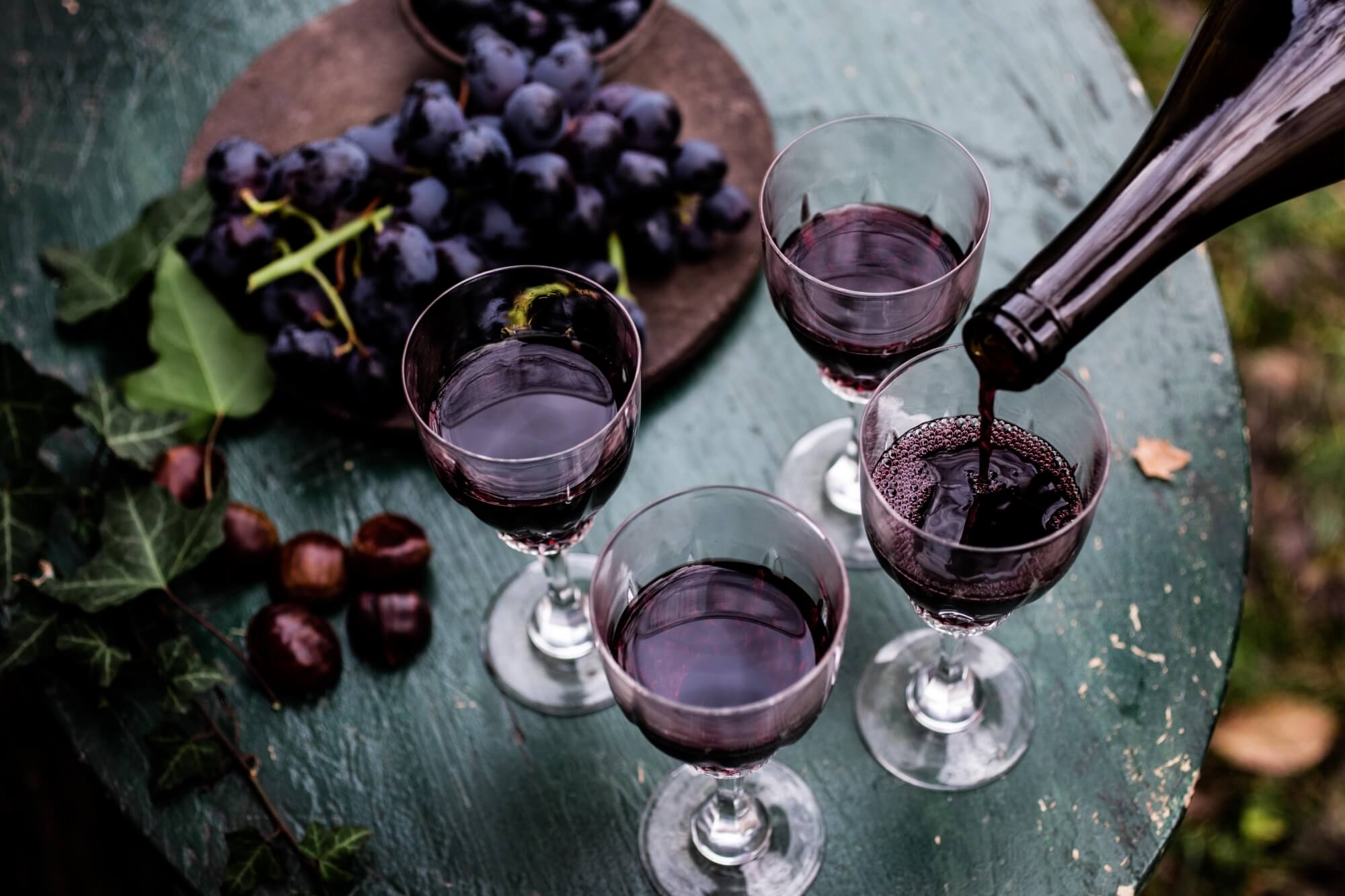 Inclusive Šibenik © Maja Danica Pečanić
Inclusive Šibenik © Maja Danica Pečanić
Furthermore, in the hills surrounding Šibenik, you'll discover some of Croatia's greatest small-scale wine producers. They might not be the most famous, but the winemakers of Šibenik-Knin County are consistently among the most highly decorated producers featured at elite international wine awards.
Landscape, nature and recreation
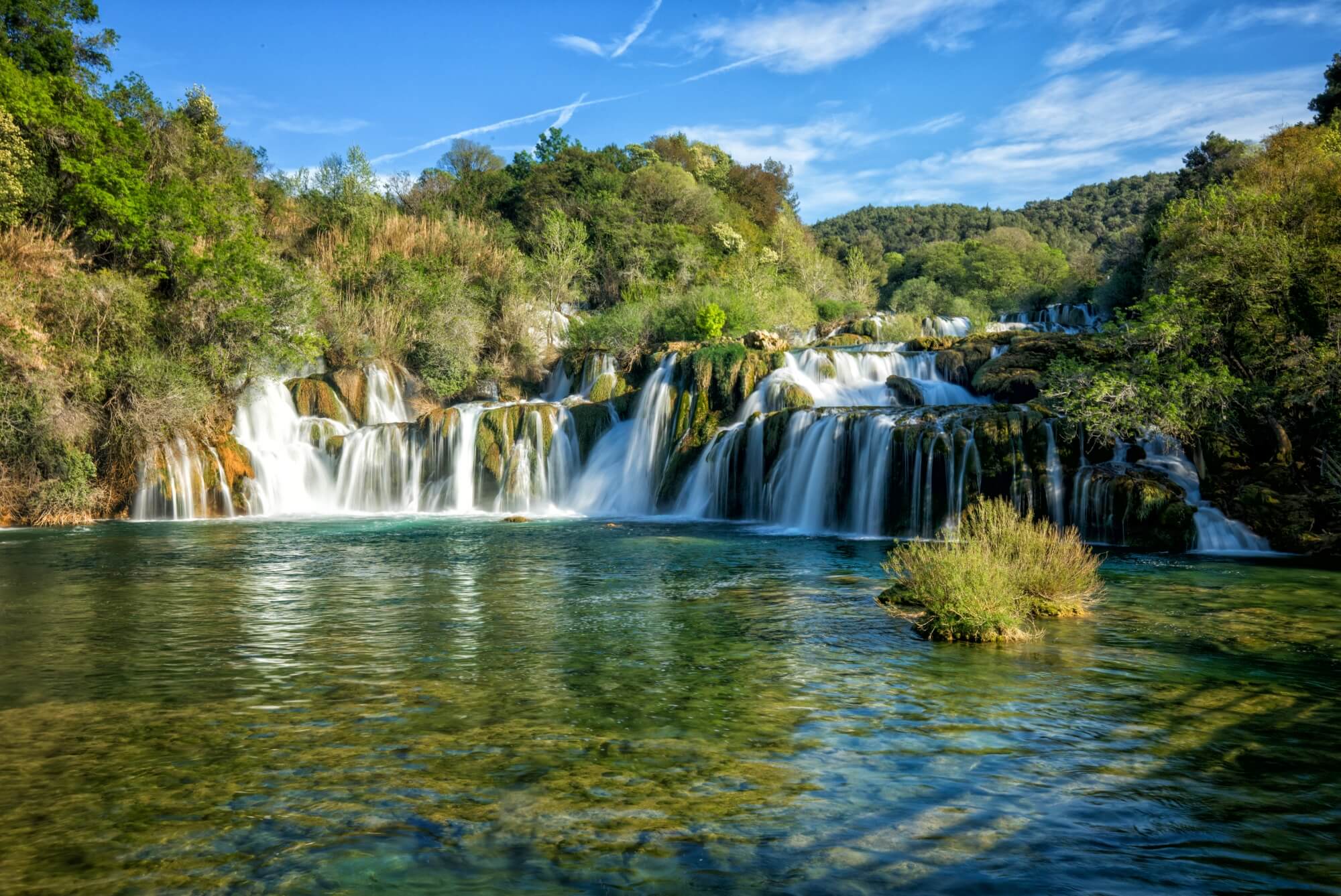 © Krka National Park
© Krka National Park
Few Mediterranean cities can boast natural assets like Šibenik's. And nowhere else looks exactly like this city.
Just 20 minutes drive from the town is Krka National Park. It is one of Croatia's most famous, most popular and most spectacular National Parks. Within 100 square kilometres of epic river valley, green wilderness and karst rock canyons, you'll discover seven spectacular waterfalls and a variety of birds and animals.
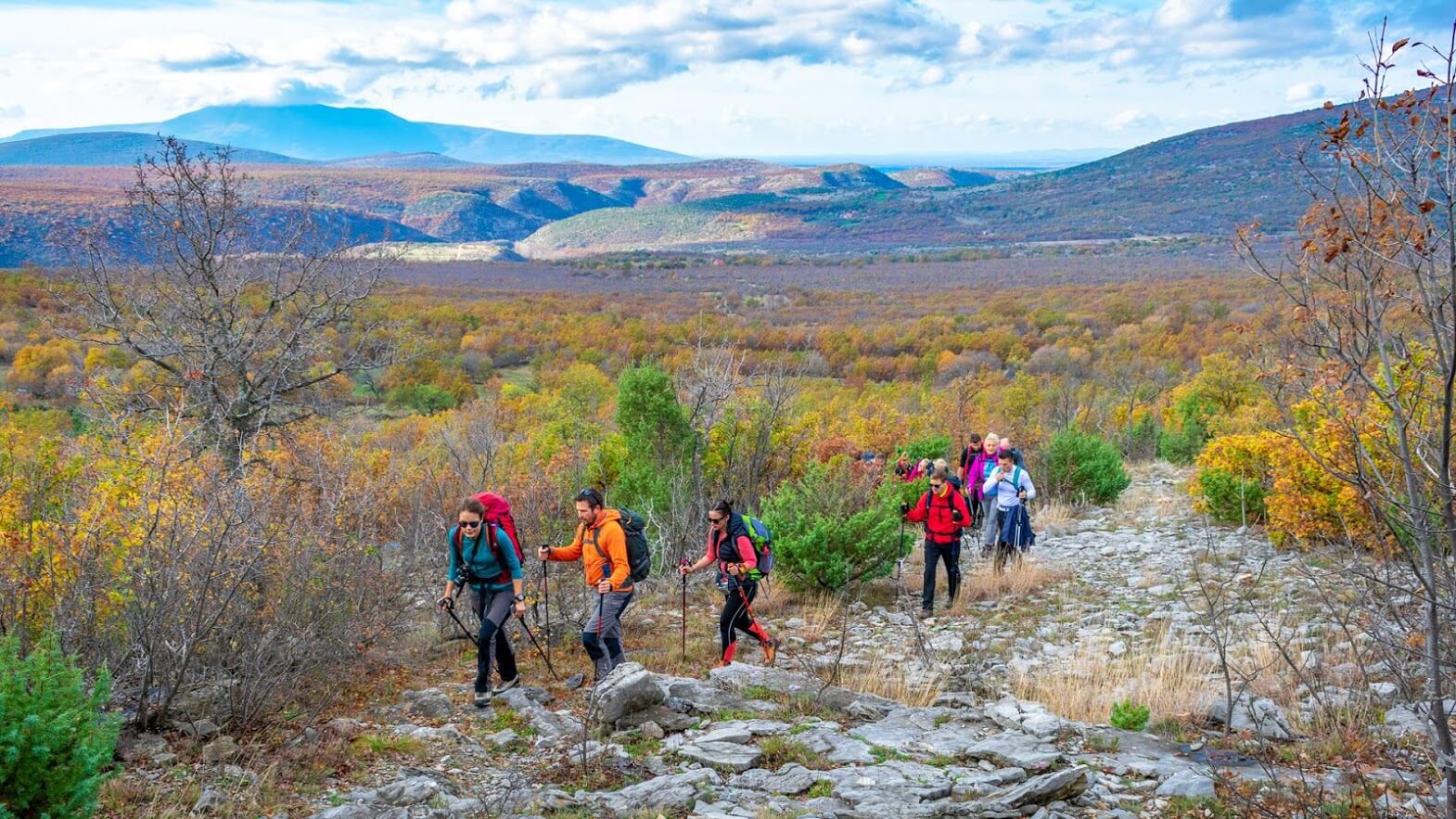 © Antonia Viljac / Šibenik Tourist Board
© Antonia Viljac / Šibenik Tourist Board
Closer to the city centre, St. Anthony's channel is a natural waterway that flows from Šibenik's sheltered harbour out to the open Adriatic. Running along the length of the channel's southern shore is one of Šibenik's best-loved areas of recreation. There you'll find St. Anthony's walking path and beaches with endless promenades.
Warm welcome
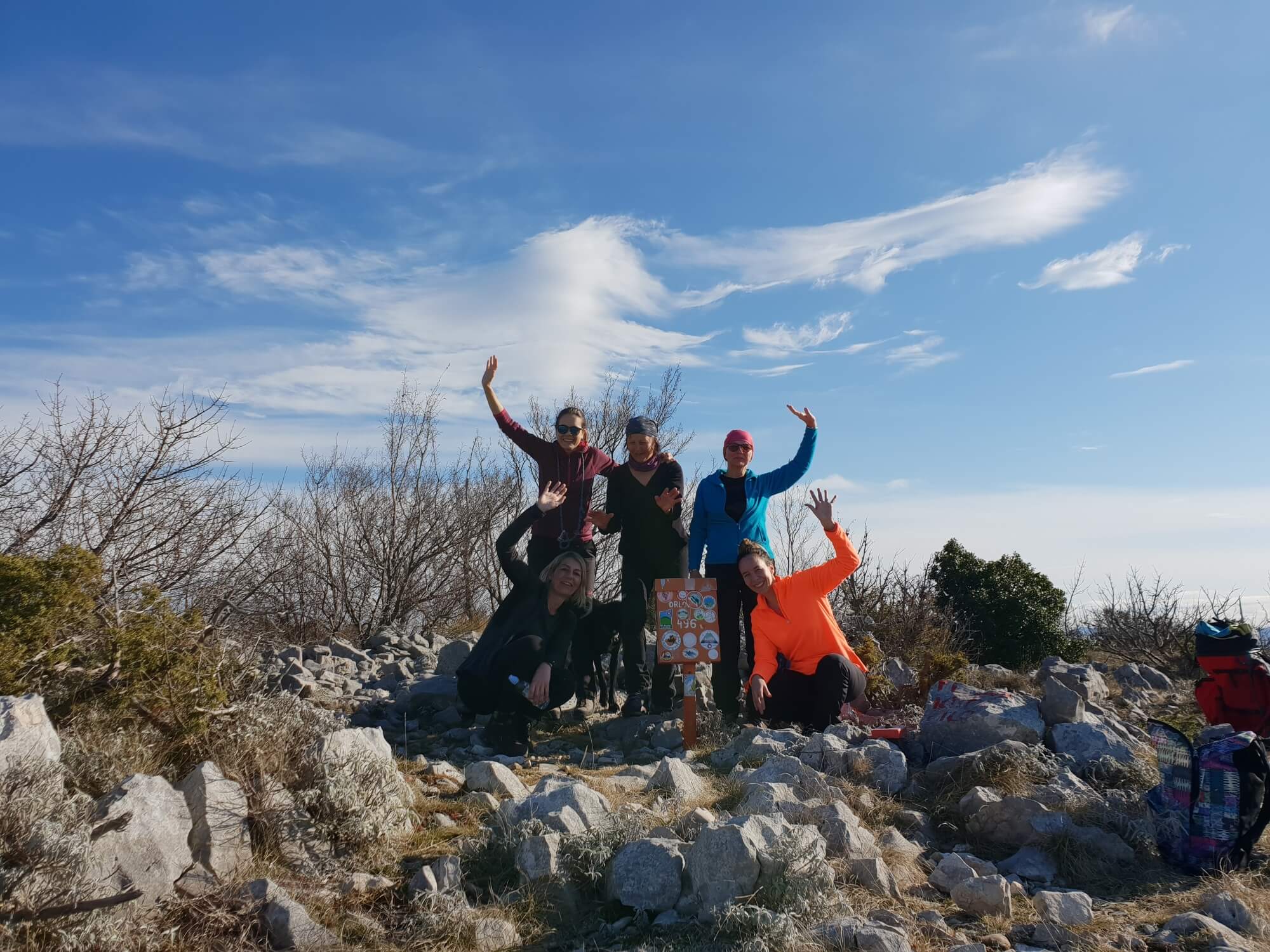 © Antonia Viljac / Šibenik Tourist Board
© Antonia Viljac / Šibenik Tourist Board
When talking about the distinct qualities of Šibenik, sooner or later you need to mention the welcome. Šibenik loves visitors. Šibenik residents appreciate nothing more highly than those who come to look and spend time here. That's why the city and Šibenik Tourist Board make a special effort to ensure Šibenik is accessible and a city for all. Recent EU project Tourism4all has helped to significantly improve Šibenik's ability to receive all visitors, including guests with disabilities and seniors.
Inclusive Šibenik History and Heritage: Fortresses and Old Town
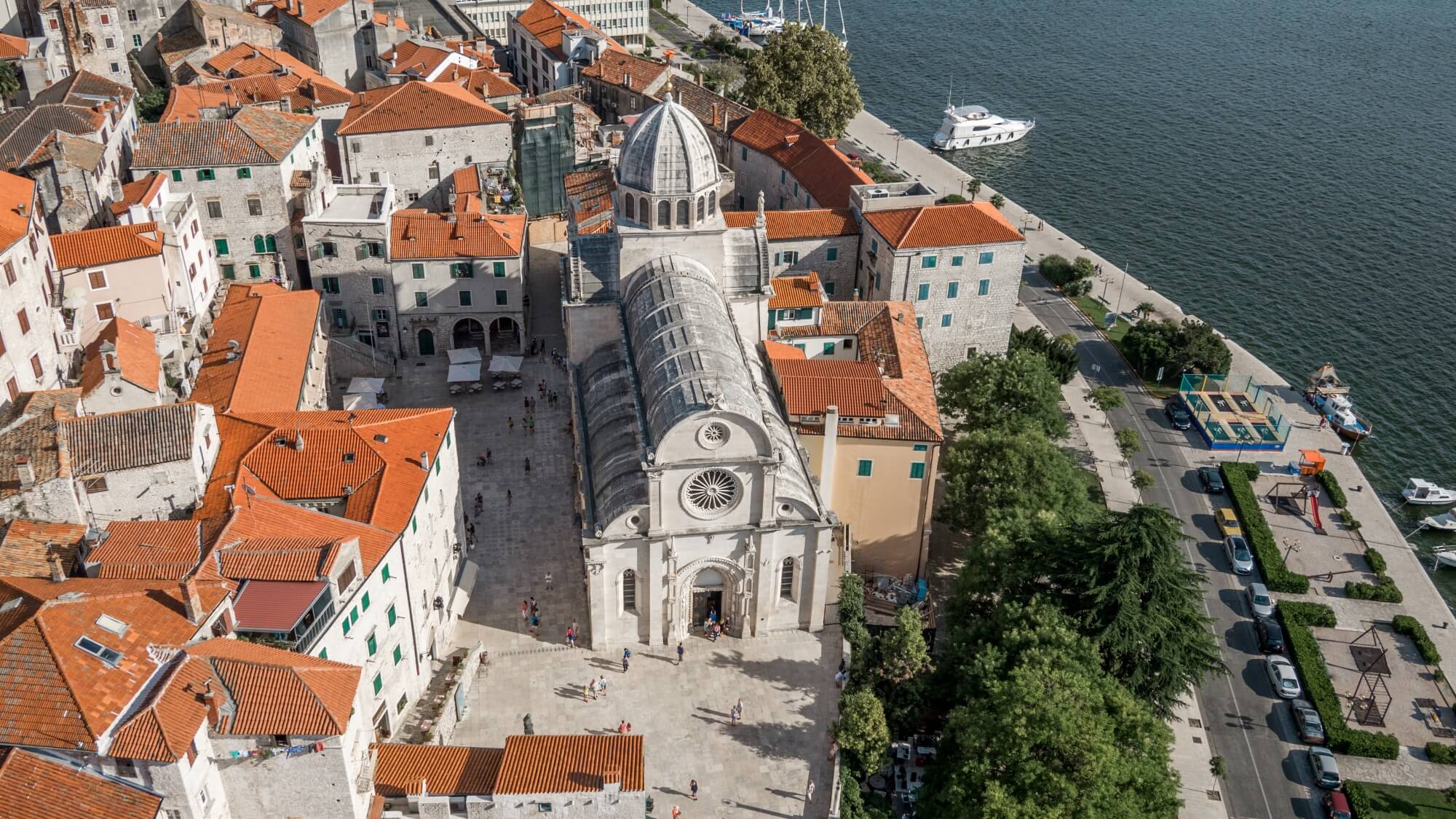 Inclusive Šibenik © Šibenik Tourist Board
Inclusive Šibenik © Šibenik Tourist Board
Šibenik Old Town wasn't designed with accessibility in mind. In fact, it wasn't strategically planned at all. Instead, the Old Town simply evolved over several centuries, rising up slopes when its expansion made that necessary. In total, there are over 2000 stairs and steps running through the Old Town. Charming to some, they are an obstacle for others. To help overcome those obstacles, Šibenik Tourist Board - with support from local associations of persons with disabilities - have mapped the accessibility of all the public buildings and tourist attractions. You can check out the map here.

Experienced guides from the professional Association of Šibenik Tourist Guides Mihovil have recognised that, on average, at least one member of every guided tour group they lead has special needs. In response, they have invested time and effort to create tours adapted to the needs of persons with different disabilities. One additional tool that's been created to help visitors get around the city centre is a mobile phone app – Šibenik Audio Guide. It was designed with blind and partially sighted visitors in mind, although is useful for everyone. Šibenik Audio Guide is available in English, Italian, German and Croatian and is downloadable from Playstore and iStore.
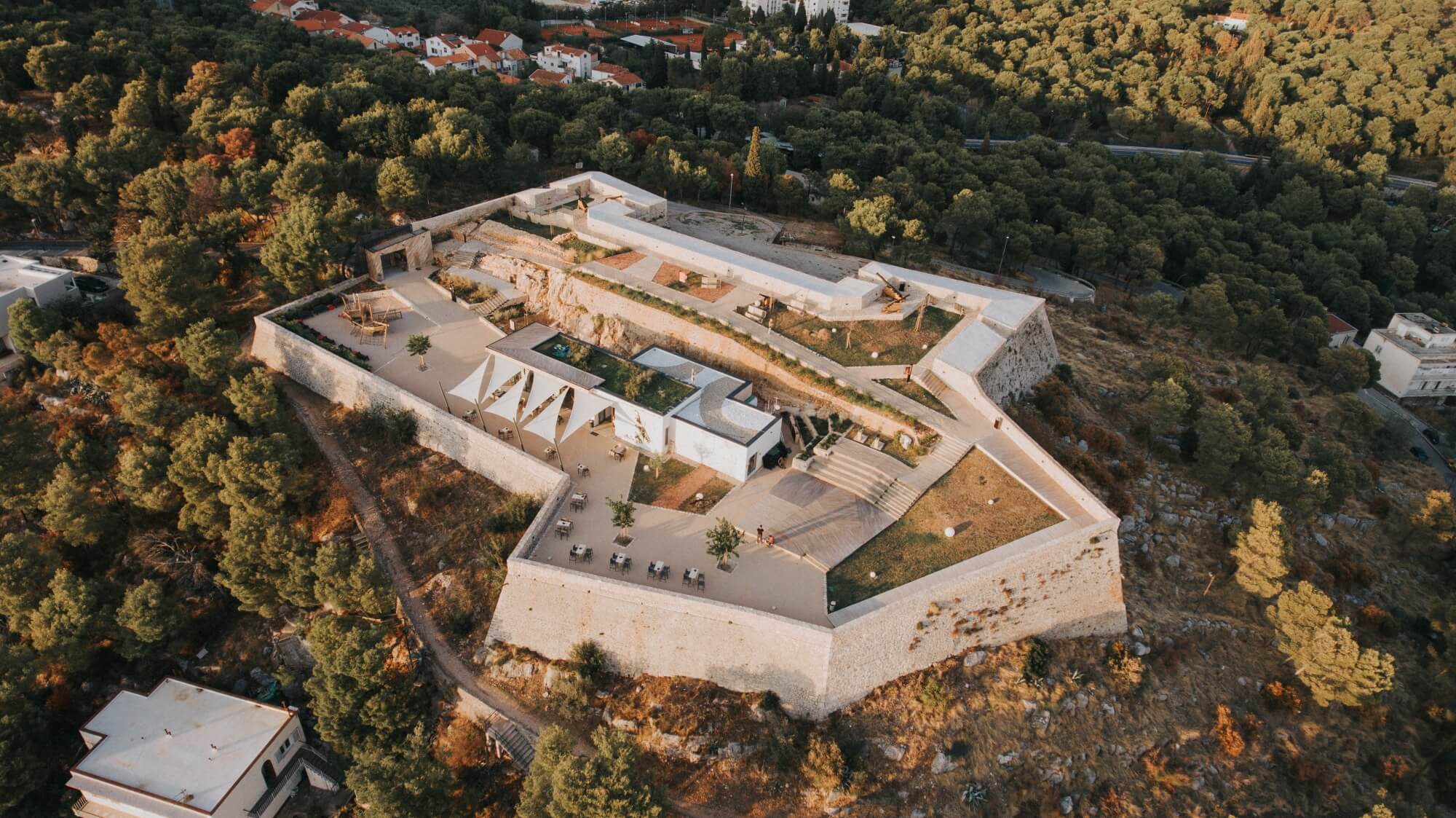 Inclusive Šibenik: Barone Fortress © Šibenik Tourist Board
Inclusive Šibenik: Barone Fortress © Šibenik Tourist Board
Further to these efforts, two of Šibenik's fortresses - St. Michael’s Fortress and Barone Fortress – have been reconstructed to be fully accessible to persons with disabilities. Inside the fortresses, you can learn how they helped defend Šibenik and more about the history of the city itself. One of the most breathtaking events spaces in Croatia, there's a spectacular backdrop of city, nature, sea and islands to performances at St. Michael’s Fortress. All of its dance, theatre, music and film events are fully accessible.
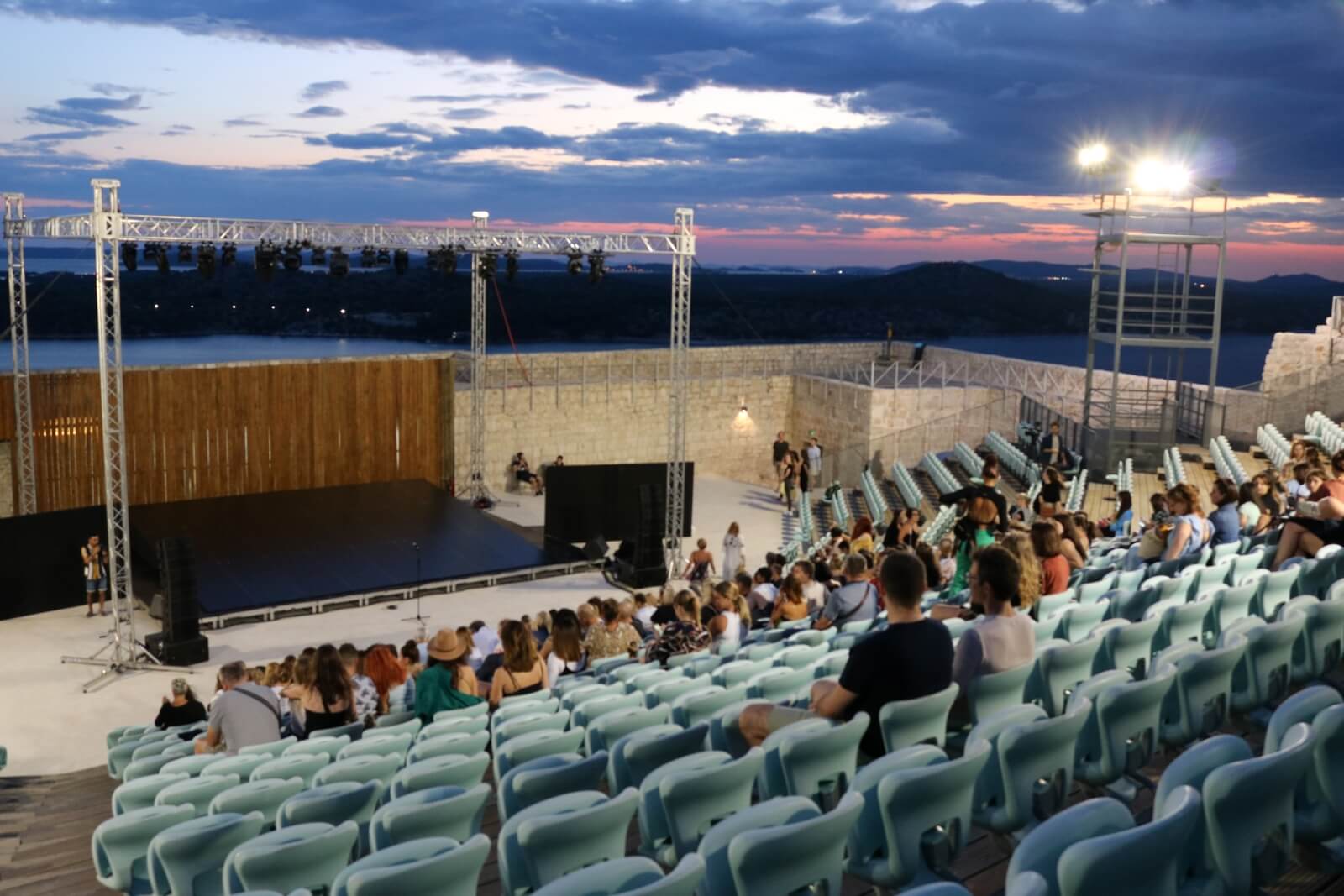
The Tourism4all project has supported the introduction of transport services - a minivan that is equipped for the transfer of wheelchair users visiting the city. It is operated by local NGO Aurora.
Discover the Šibenik food and drink that's right for you
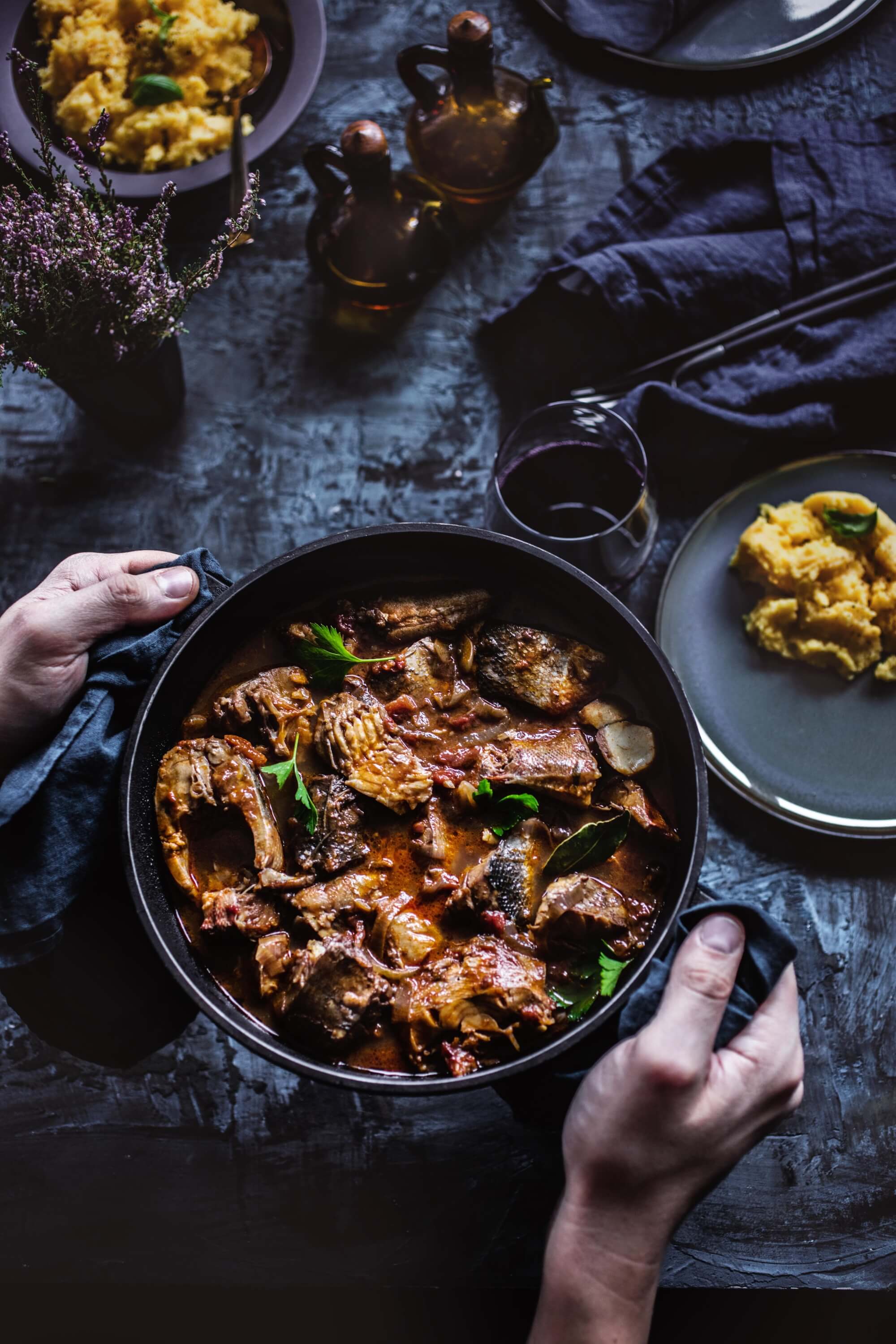 Inclusive Šibenik: Brudet © Maja Danica Pečanić
Inclusive Šibenik: Brudet © Maja Danica Pečanić
Within recent memory, many places in Croatia struggled to cater for the growing number of vegetarian and vegan guests arriving at their destinations. But, great advances have been made over the last decade. Nowhere more so than the city of Šibenik, where you can access a food map specifically designed for those with food intolerances or distinct dietary needs.
 © Baraka winery
© Baraka winery
Want to discover more about local food and the celebrated wine of Šibenik-Knin County? Baraka winery, just outside the city, is surrounded by vineyards and olive trees. Their new cookery classes have been designed to be accessible to all and are perfect for small groups. You'll learn to cook local dishes using ingredients popular to the region. Then, you'll enjoy lunch or dinner in these beautiful natural surroundings.
Inclusive Šibenik Nature, Wildlife and Recreation
 Inclusive Šibenik © Antonia Viljac / Šibenik Tourist Board
Inclusive Šibenik © Antonia Viljac / Šibenik Tourist Board
The nature surrounding Šibenik is spectacular. Whatever your abilities or level of fitness, this nature can be enjoyed by all. Sections of Krka National Park with broad accessibility are specially designated by park authorities.
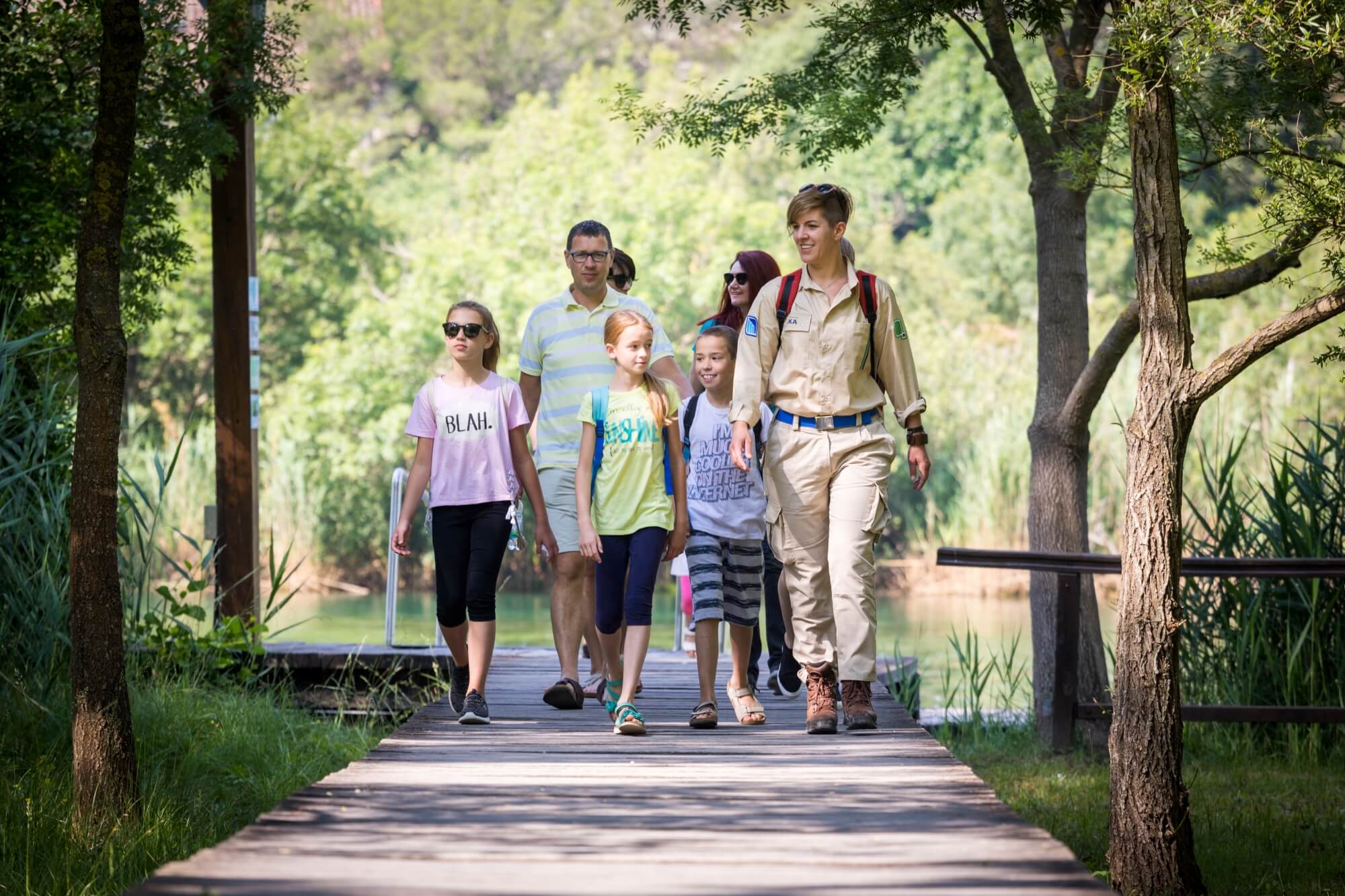 Inclusive Šibenik: Krka National Park
Inclusive Šibenik: Krka National Park
There are numerous walks and hikes across the cityscape that are designed for people of all ages and abilities. Family groups with several different generations can enjoy untaxing strolls around St. Anthony's channel. Above the city, Šubićevac Forest Park has a fully equipped playground area, designed for inclusiveness and accessibility. You'll get incredible views from both these places.
 Inclusive Šibenik: Dubrava Falconry Center © Šibenik Tourist Board
Inclusive Šibenik: Dubrava Falconry Center © Šibenik Tourist Board
If you want to get up close to some of the animals that live in this area, then there are several options. Located in a dense pine forest less than 10 kilometres from Šibenik centre, at the Dubrava Falconry Center, you'll meet several different birds of prey.
 Inclusive Šibenik: KK Kolan horseriding club at Farma Happy Horse © S. Živković
Inclusive Šibenik: KK Kolan horseriding club at Farma Happy Horse © S. Živković
At Farma Happy Horse you'll meet horses and llamas. In fact, there's a range of domesticated animals waiting to greet you on this small family farm. They're all very friendly. Also, horse riding club KK Kolan operates on the farm. Their experienced team offer specially designed therapeutic horse riding sessions for children and teenagers with disabilities.
Accessible accommodation in Šibenik
 © D-Resort Šibenik
© D-Resort Šibenik
D-Resort is a modern hotel resort at the side of Šibenik marina. It sits at the very end of a small, thin peninsula that stretches into Šibenik bay. Its light and spacious rooms have balconies that look out onto the bay, the city and the nature opposite. The hotel has 4 bars and lounges and, just next door, a spa area. The hotel has appointed rooms designed to be accessible and specifically with disabled guests in mind.
 © D-Resort Šibenik
© D-Resort Šibenik
Visitors to Šibenik can take advantage of Šibenik Card and obtain various discounts, including 20% discount on accessible rooms at D-Resort. For more information about Šibenik Card, look here.
Milanović Supports Healthier, More Sustainable, More Just Food Systems
ZAGREB, 24 Sept 2021 - Croatian President Zoran Milanović supported in the UN on Friday the establishment of healthier, more sustainable and more just food systems and progress in all sustainable development targets, with special emphasis on food security as the most important global target.
He was speaking at a virtual summit on food systems held as part of the 76th session of the UN General Assembly, with UN Secretary-General Antonio Guterres presiding.
The summit sets a foundation for the transformation of global food systems in order to step up recovery from COVID-19 and achieve sustainable development targets by 2030.
We are increasingly witness to the need for healthier, more sustainable and more just food systems, Milanović said, adding that Croatia supported such campaigns and intentions to achieve progress in all sustainable development targets.
Agriculture has an important role in activities related to climate and the environment, but food security remains our most important goal, he said, adding that the importance of food security was especially evident in the ongoing COVID crisis.
In Croatia we are witness to the positive effects of agricultural interaction on climate and the environment as a result of measures we undertook to protect natural resources. But in order to achieve even more ambitious climate goals, new investment is necessary, which agriculture alone cannot ensure, Milanović said.
This begs the question of how to meet the needs for producing sufficient food on the one hand, and meet the public's expectations regarding environmental protection, combating climate change, or the well-being of animals on the other, he added.
Changes which lead to sustainable and resilient food systems must be based on an integral approach, and research and innovation must support those changes, Milanović said.
Sustainable food systems begin by developing the best agricultural practices, improving food distribution systems and reducing food waste, he added.
Milanović said the challenges were many and that Croatia was especially involved in dealing with those concerning green production, food quality, and reducing food waste.
He supported the promotion of the One Health concept, saying the health of people, animals, plants and their common environment was inseparable and intertwined.
Milanović said it was necessary to intensify cooperation in all of those issues.
Croatia is ready to share with others its knowledge and experience in dealing with the challenges agriculture faces in the global world, he added.
He said he was confident the Food and Agriculture Organization and the Committee on World Food Security could make a significant contribution to achieving sustainable development targets via the transfer of knowledge and by connecting the international community.
For more on politics, CLICK HERE.
MEP Warns Against Manipulating Consumers with Incomplete Product Information
ZAGREB, 10 Sept 2021- Labelling products made with imported raw materials 'local' is perfidious manipulation of consumers, European Parliament member Biljana Borzan said on Friday, after her amendments for more transparent labelling of products in the EU were adopted by the competent EP committees.
The EP committees on environment, public health and food safety and on agriculture and rural development on Friday stated their position on the European Commission's proposal for the From Farm to Fork strategy and adopted amendments put forward by Borzan, a Croatian Social Democrat who is the Socialists' rapporteur on the strategy.
Borzan asked in her amendments that the system of identifying the origin of raw materials on food products in the EU be changed to include the name of the country of origin, the exact content of honey from the EU in relation to third countries, such as China, and more visible identification of the origin of primary raw materials on food products sold on the EU market.
"Producers use the fact that in each member-country, including Croatia, 70% or more citizens prefer local products to make them believe that they have bought local products," Borzan told a news conference in Zagreb.
"I am not denying producers the right to import raw materials if there is not a sufficient amount of the raw materials they need in Croatia, but consumers must be aware of that and must not be misled," she said.
The current practice is to label a product on the front of the packaging "local, Slavonian, Dalmatian, Istrian, etc." while on the back of the packaging the country of origin of the raw material other than Croatia is put in small print, she said.
If, for example, the Slavonian kulen salami is made from imported meat, that information should be clearly visible on the packaging, she said, noting that currently information on the country of origin is necessary only for products such as fresh and frozen meat, fish and eggs but not for smoked and cured meats, milk and dairy products, which are labelled only "made in the EU", which Borzan believes should be changed.
The SDP MEP thanked former Croatian MEP Ruža Tomašić for ensuring support of her political group (European Conservatives and Reformists) for her amendments, recalling also the contribution to the EP's position of Croatian MEPs Tonino Picula, Sunčana Glavak and Ivan Vilibor Sinčić.
MEP Picula's amendments to contribute to consumption of locally produced food
Amendments by Croatian member of the European Parliament Tonino Picula to the EU's From Farm to Fork Strategy, which were adopted on Friday by the EP committees on environment, public health and food safety and on agriculture and rural development, will contribute to tourists consuming local food, which will help small family farms and rural areas in Croatia, Picula's office said after the vote on the strategy before the two EP committees.
"Protection of small local producers in the supply chain as well as consumption of local and fresh organic food is a guarantee of the long-term survival of our family farms and consequently the survival and prosperity of rural areas," Picula said.
For more on politics, CLICK HERE.
Bots&Pots: First Restaurant with Food Prepared by Robotic Chefs to Open in Zagreb
August 14, 2021 - Meet Bots&Pots - the first restaurant in which the food will be prepared by robotic chefs is set to open in Zagreb soon.
At a yet undisclosed location in Zagreb, GammaChef, a robotic chef capable of preparing one-pot meals such as Dalmatian gregada, stews, risottos, or seafood pasta.
The bot is continually learning new recipes with the help of a (human) professional chef. As Netokracija writes, every time a chef prepares a new dish for the first time using GammaChef, the robot creates a digital recipe with all the necessary data. The automated and patented process in the software then, using sensors, reproduces all the steps of the recipe, following the instructions of a professional chef. There will be five robots in the Bots&Pots restaurant, which means they will be able to serve up to 60 servings per hour.
The operation of the restaurant will be fully digitized and monitored via a mobile application, and will rely heavily on just-in-time procurement thanks to close monitoring of inventory. Guests will be able to choose food via a screen and be able to watch the robot prepare food. Bots&Pots restaurant is a result of the collaboration between GammaChef's Dražen Drnas, entrepreneur Hrvoje Bujas, and Giuliano Nolo.
As Netokracija quoted Drnas: ''We have designed a restaurant that will best suit the younger population and that makes the most of the possibilities and qualities of robots. The goal is for guests to come first for the robot and the second and every next time for food.''
The restaurant has already attracted much attention. Most recently, Bots&Pots shared on their Facebook page that they received a visit from the new British ambassador to Croatia, Simon Thomas, in their showroom, where GammaChef is diligently learning to prepare new dishes.
As the authors of the project GammaChef wrote on their website: ''We don’t believe in 3D printing of food and we don’t believe in magic pills that will replace eating. Yes, we believe in digital recipes but in digital recipes of our grandmas, your friends, or the best chefs that put their love, passion, and knowledge to prepare tasty meals. We believe there are no shortcuts in cooking, therefore, GammaChef prepares food just like real people do.''
For more on business, CLICK HERE.
Cultural Identity of Vukovar: New Book Presented in Vukovar
June 9, 2021 - The fascinating question of the Cultural Identity of Vukovar is researched in a new book edited by Dr. Mateo Žanić and Petar Elez. However, as the editors stressed in the introduction, further research is needed to encompass all social groups in Vukovar and their contribution to the heritage of Vukovar.
After being published back in April this year, the book „Cultural Identity of Vukovar – Contribution to Investigating Heritage and Successors“, was presented this Wednesday in Vukovar. As Ivo Pilar Social Research Institute writes on its website the book was published in cooperation with the Vukovar State Archive, so it was only suitable that the first book presentation was held in Vukovar at the videoconference hall of College Of Applied Sciences „Lavoslav Ružička“ (named after a famous Croatian chemist whose work is awarded a Nobel Prize). In addition, the event marked International Archive Day.
The book was edited by Dr. Mateo Žanić and Petar Elez, and the presentation, alongside editors, saw scientific experts Dr. Dražen Živić, Mirela Hutinec, and Dr. Domagoj Tomas talks about the book.
„Fast events triggered by globalization process and information revolution which paradoxically lead to today's societies being fiercely occupied with the meaning of past, and preserving its valuable traces. In that context, there is a spreading interest for heritage that holds an important component to understand the relationship between the past and present“, says the editorial introduction of the book.
The editors went on to explain how „the city proved to be futile to interpret the meaning of heritage and its contribution to cultural identity,“ and the editors wanted to present various aspects of Vukovar's cultural heritage.
Apart from editors Žanić (who wrote a chapter „Layers of memories and material heritage in modern-day Vukovar) and Elez (author of the chapter „State archive in Vukovar and development of archive service in Vukovar-Srijem County“), the book features eight more authors. Ivan Rogić (Whose Heritage? Who is the successor?), Dražen Živić (on Vukovar's feudalists), Vlasta Novinc („Danube, food, Corso“), Dragana Drašković (on the cultural life of Borovo Selo), and more by Dragan Damjanović, Toni Roca, Ivana Bendra and Ivan Hubalek.
With these broad presentations of culture and heritage in Vukovar, editors hope this book will encourage further research as they are aware this is certainly not the final word on these interesting questions and issues.
„As editors, we are aware that the book does not deal with topics that concern different social groups that left their trace in Vukovar end enrich the history of the city. We hope that future editions that will deal with this topic expand the reach of issues and help us to realize better what do we inherit from the past and why is that important“, concludes the introduction of the book.
So far, the book is available only in Croatian, and research that will, as editors say, deal with other social groups in Vukovar is yet to come. Keeping in mind the terrible aftermaths of the war in Vukovar in the 90s and inter-ethnic tensions, further findings on joint cultural contribution to Vukovar may indeed be the enlightenment needed for peaceful cohabitation and development of Vukovar as a perspective city in Croatia.
Speaking of heritage, learn more about UNESCO recognized heritage in Croatia on our TC page.
For more about science in Croatia, follow TCN's dedicated page.


